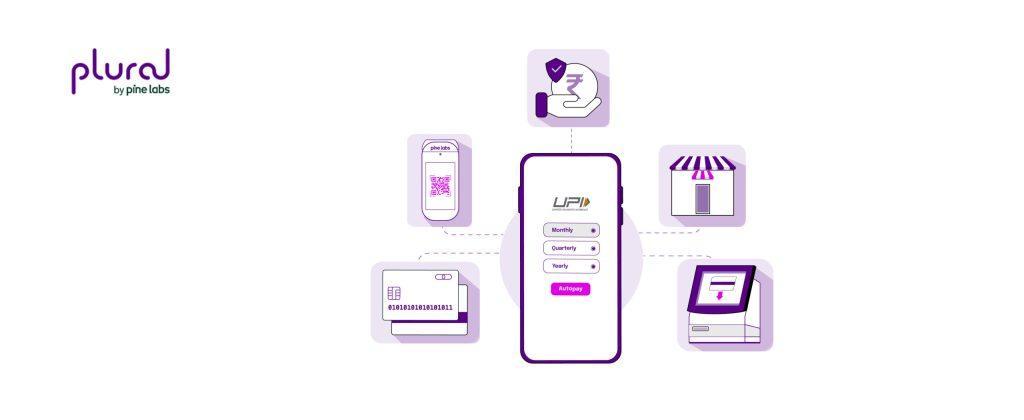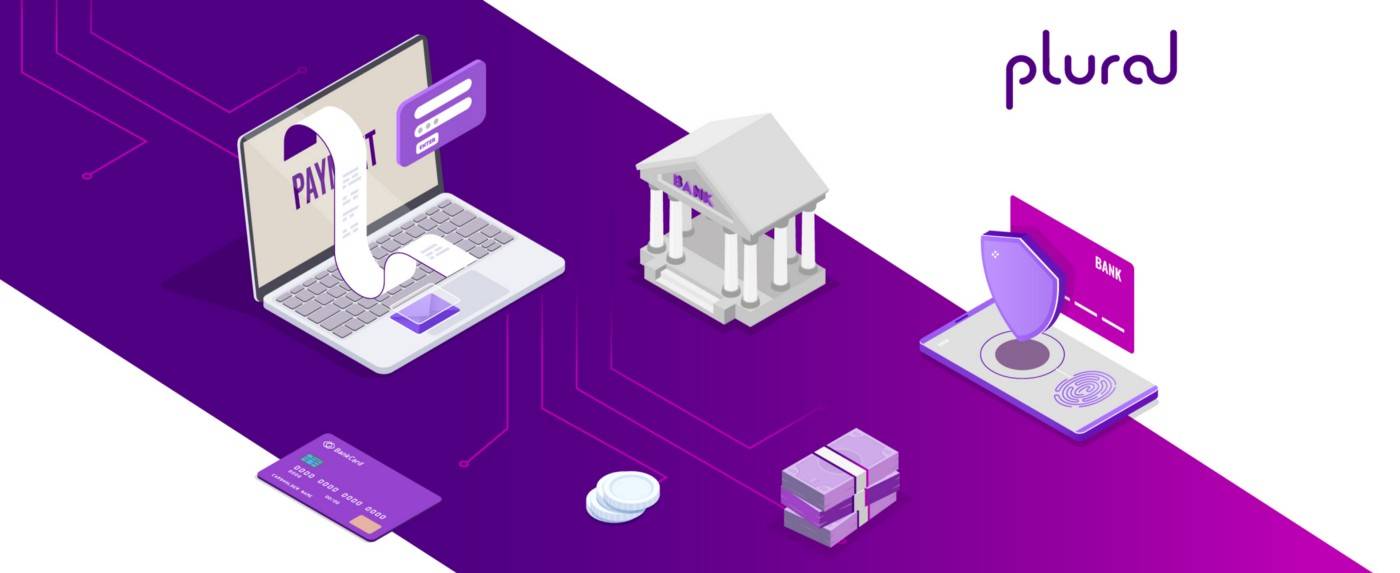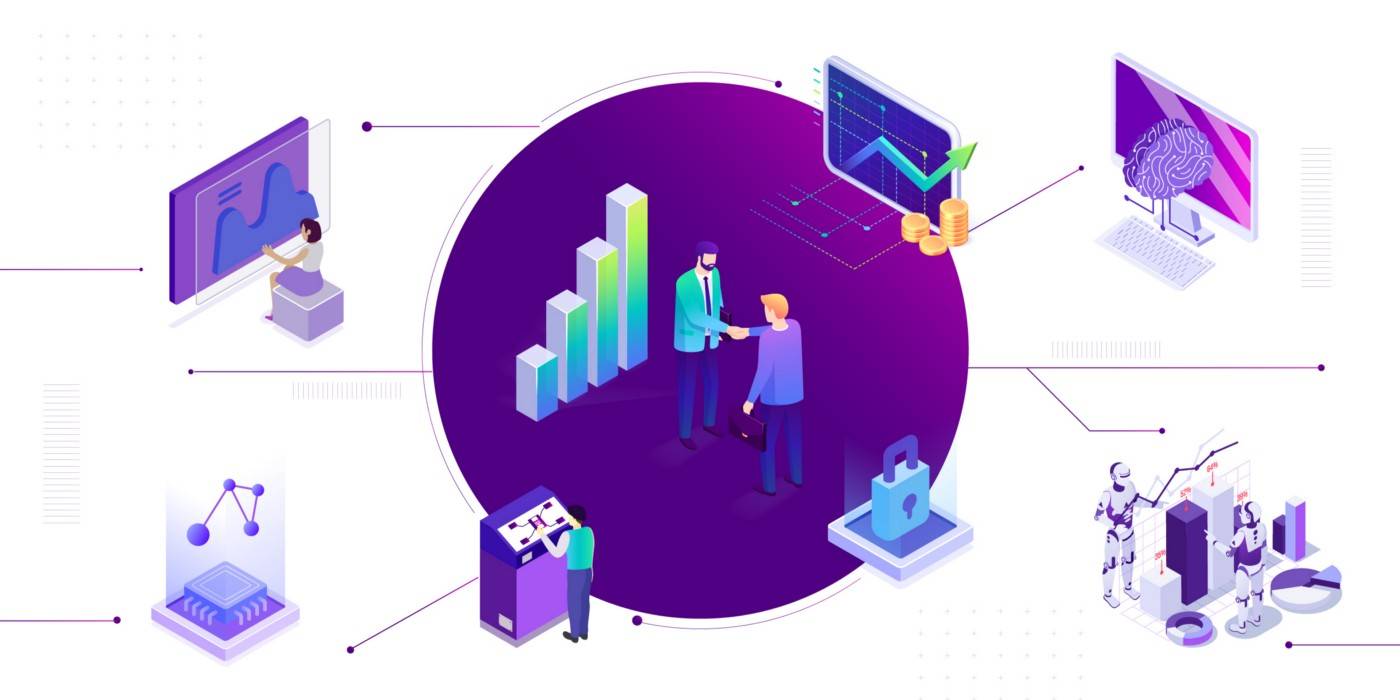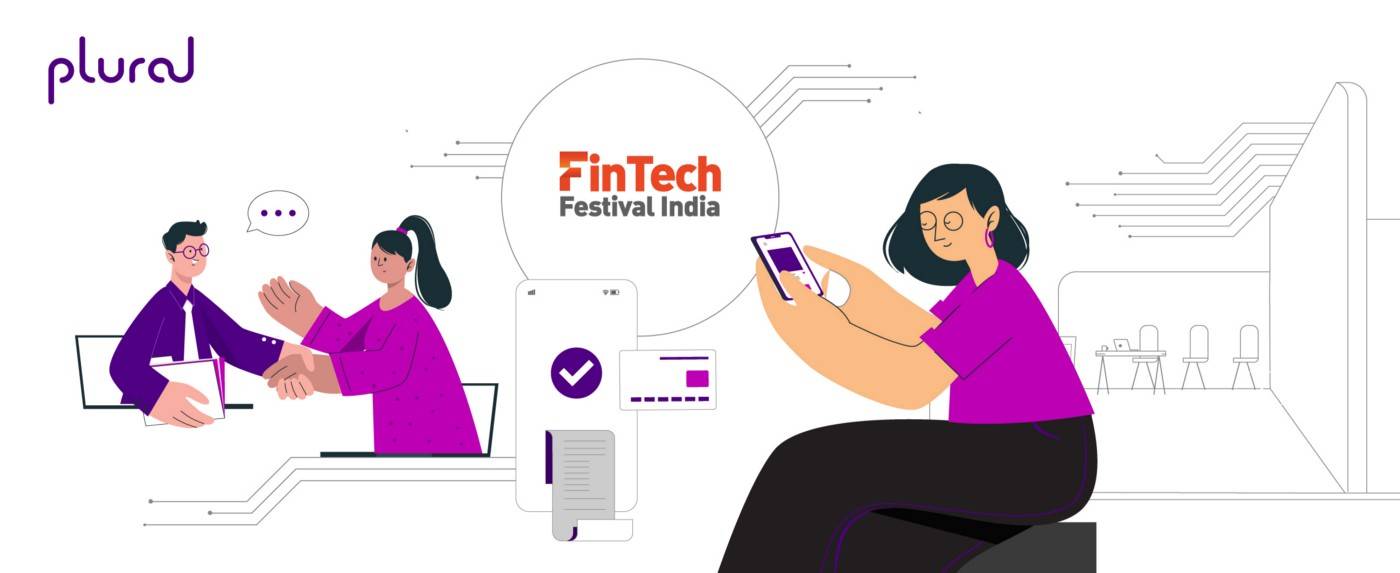In the last few years, electronic payments or e-payments have gained immense popularity among customers in India. A survey by Rakuten Insights conducted in October 2022 revealed that 50% of respondents preferred to use e-payment services because transactions were faster as compared to traditional methods. While a majority of them were using e-payments for online shopping, 73% leveraged e-payments to pay recurring bills like electricity, mobile, and internet, to name a few.
Also known as digital payments, Indian consumers have been at the forefront of the adoption of e-payments due to the convenience, speed, and security of transactions. In 2022 alone, India recorded 89.5 million digital transactions, accounting for 46% of global real-time payments.
These numbers indicate that businesses must have a strong e-payments strategy in place to stay relevant and build a competitive edge.
In this blog, we help businesses understand the benefits of e-payments, the full spectrum of e-payments, and how to seamlessly and comprehensively integrate them into their digital footprint – from websites to social media.
What are e-payments?
Electronic payments, or e-payments, are a way of making or accepting payments through the transfer of funds made via an electronic medium. There is no usage of physical cheques or cash in such a transaction.
A wide range of customers are leveraging e-payments to purchase products and services across the business-to-business (B2B), business to consumers (B2C), and direct-to-consumer (D2C) contexts.
The ability to make e-payments via one’s mobile phone has further accelerated the adoption of this mode, which comes with several additional benefits for both businesses and customers.
Top benefits of e-payments for businesses
Here is a snapshot of the various benefits that e-payments bring to businesses:
Instant payments
One of the top benefits of e-payments is that customers can make instant payments, which is always great for enhancing the cash flow cycle. Healthy cash flows enhance business operations.
Multiple payment modes
E-payments comprise of multiple modes of payment which cater to the needs of diverse customers. For instance, customers looking to build their credit score can leverage e-payments via their credit cards, while more traditional customers can use net banking.
Inclusive payment model
E-payments are seeing extensive innovation to help make credit accessible in the digital shopping process.
For instance, customers can now access credit via options such as Buy Now Pay Later or non-credit card EMIs, which are offered at the point of sale on digital platforms. These options are especially valuable for those who do not have a credit score.
No geographical barriers
Another way that e-payments have disrupted almost every sector is that they enable businesses of any size to expand their geographical footprint. Businesses with a local, national, and international reach can accept payments with ease.
Transparency
The entire payment process is transparent for both customers and businesses. Multiple notifications are sent at every step of the process, while customer authentification is required to process a payment.
Snapshot of various types of e-payments
Today, e-payments have significantly evolved to provide customers with a versatile, secure payment experience. For instance, businesses can streamline the entire payments experience by integrating a unified payment gateway into their checkout process.
A payment gateway powers various types of e-payments, which cater to diverse consumer needs as follows:
Power of choice
A superior payment gateway enables a customer to make payments via multiple modes, such as:
- Net banking & mobile banking
- Debit cards
- Credit cards
- UPI
- Digital wallets
Affordability suite
Today, a growing number of customers want to stagger payments for any product or service rather than pay it all in one shot. This option enables them to plan their payments as per their cash flow schedule.
Known as the affordability suite, businesses can nudge customers to buy products of a higher ticket size and drive revenues. Customers have access to the following affordability options:
- Buy Now Pay Later (offers credit to customers without the usage of credit or debit card)
- EMI (cardless, credit card, debit card)
- No-Cost EMIs
- Discounts & cashbacks
UPI autopay
Subscription-based businesses can benefit with the UPI autopay feature as part of the payment gateway. Such a feature allows subscription businesses to collect payments via UPI on a recurring basis, making it easy for businesses to sustain the subscription model.
At the same time, UPI autopay follows guidelines introduced by the Reserve Bank of India (RBI), thus complying with them completely.
Unique payment links
Today, several businesses (such as grocery stores or small fashion brands) do not have their website, app, or marketplace. On the other hand, there are several customers with a limited digital footprint. For instance, a customer may only be using a messaging app or one or two social media platforms.
They may prefer to shop within channels where they discover products and services. So, how can businesses offer a relevant payment option to such customers?
A superior payment solution enables them to easily generate a unique, one-time secure payment link to facilitate payments via messaging apps and social media platforms. Payment links enable businesses to acquire new customers and also enable customers with a limited digital footprint to use e-payments.
Conclusion
Today, customers are prioritising shopping platforms that offer a seamless user experience. This includes the ability to make secure payments with the customer’s go-to mode of choice.
For instance, credit card users will try as much as possible never to switch to any other mode because they value their reward points and other perks earned with increased usage. On the other hand, those using digital wallets, or UPI apps, swear by these modes.
The use of a unified, state-of-the-art payment gateway puts businesses in a position to inspire trust and nudge customers to buy more, giving them an edge in a competitive marketplace.
At Plural by Pine Labs, we offer a versatile online payment gateway that comes with multiple payment options such as digital wallets, UPI, credit cards, debit cards, net banking, and affordability suite options such as Buy Now Pay Later and the EMI feature. Plural also enables businesses to easily create payment links, facilitating the seamless collection of payments via SMS, messaging apps, and social media. To learn more about Plural Gateway, contact us.
Plural by Pine Labs has received an in-principle authorisation from the Reserve Bank of India (RBI) to operate as a Payment Aggregator.

Amrita Konaiagari is a Marketing Manager at Plural by Pine Labs and Editor of the Plural blog. She has over 10 years of marketing experience across Media & Tech industries and holds a Master’s degree in Communication and Journalism. She has a passion for home décor and is most definitely a dog person.




